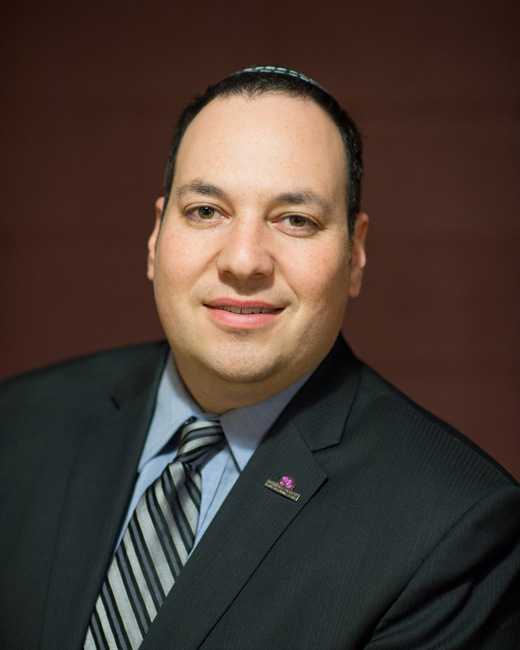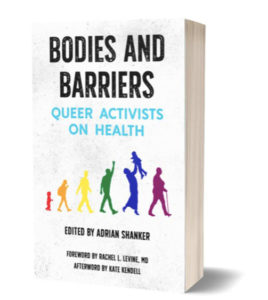By Terri Schlichenmeyer
OutSmart Magazine
May 4th, 2020

You woke up this morning feeling pretty good. That was quite a relief: in these frightening, uncertain times, every day of wellness is a bonus—especially when you consider that healthcare for a gay, lesbian, bisexual, transgender, or queer patient can be different than what straight people require. Too bad that healthcare providers don’t always know that. But read Bodies and Barriers, edited by Adrian Shanker, and you’ll feel more empowered to speak with your providers.
If you were to look for books or articles that address LGBTQ healthcare issues, you would likely find an abundance of them. The problem is, says Shanker, most of them were written by people who are not lesbian, gay, bisexual, transgender, or queer. “Every person providing care for humans is providing care for LGBT humans,” he says. But it’s time for “our stories about our bodies” to be told. And so, here they are.

on Health
• Edited by Adrian Shanker
• 2020
• PM Press (pmpress.org)
• 208 pages
• $20/higher in Canada
For the youngest LGBTQ patients, physical and mental healthcare may be different than what their heterosexual peers need, and also different from what LGBTQ adults may need. Socially, for example, kids struggle with issues that adults are better equipped to handle. Parents, as one story indicates, can be the best allies of all.
Likewise, young adults have issues that seem tied to their age and vulnerability. Homelessness can exacerbate health issues (and vice versa); teens may suffer from depression, suicidal notions, and bullying. Healthcare needs may extend to the dangers of “sex in the digital age” and a lack of maturity. Because of their youth, LGBTQ teens also need help with learning “social-services navigation.”
Habits such as alcohol and other addictions may be an issue for LGBTQ adults seeking good healthcare, but doctors sometimes don’t know which tests to ask for. They may be uninformed about caring for someone with bisexual or same-sex preferences, or who’s transitioned. They may have a “stigma” about HIV, or be unaware of cancers that particularly plague LGBTQ individuals. As a gay, lesbian, bisexual, or transgender adult, being your own highly vocal advocate is key.
One thing is for certain: Bodies and Barriers is timely—not because COVID-19 treatment is related to sexuality, but because other underlying maladies that may arise are. And since healthcare is on your mind anyhow, this book is invaluable.
Through this series of essays that are broken into sections based on age, editor Adrian Shanker offers a chorus of voices that displays a variety of viewpoints and frustrations. Let’s hope that they can ultimately teach healthcare workers a thing or two.
Readers shouldn’t be surprised to note the feelings of resignation in these stories, or the occasional bit of anger and outrage, but there are also plenty of essays that impart a calm but determined tone. It’s in these sections that an LGBTQ reader will find comfort, camaraderie, and a way to speak up.
Be forearmed with information, and beware. Know how to demand from your doctor that which you need, and don’t leave the exam room without it. Wash your hands, don’t touch your face, and read Bodies and Barriers. Having this book feels pretty good.
Adrian Shanker is an award-winning activist and organizer whose career has centered on advancing progress for the LGBT community. He has worked as an arts fundraiser, labor organizer, marketing manager, and served as President of Equality Pennsylvania for three years before founding Bradbury-Sullivan LGBT Community Center in Allentown, PA, where he serves as executive director. An accomplished organizer, Adrian has led numerous successful campaigns to advance LGBT progress through municipal nondiscrimination and relationship recognition laws and laws to protect LGBT youth from conversion therapy. A specialist in LGBT health policy, he has developed leading-edge health promotion campaigns to advance health equity through behavioral, clinical, and policy changes.







